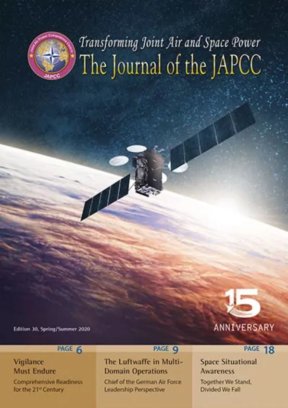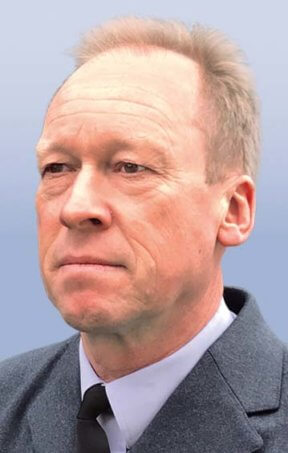Background
It has been widely acknowledged that the past two decades have been bad for Air Electronic Warfare (EW) development owing to the West’s deep involvement in counter-insurgency in Afghanistan and the Middle-East. While advances in flare technology and Infrared Radiation (IR) countermeasures have continued, the absence of any real radar-laid threat has led to reduced investments and consequently a lack of development in radar countermeasures. Alongside this, there has been a reduction in the number of specialized Suppression of Enemy Air Defence (SEAD) platforms. When faced with a campaign against a near-peer adversary, it was assumed that a major cause of attrition to friendly Air Power would be Surface-to-Air Missile (SAM) defences. Russia has some of the best SAM systems and has exported them widely. The SEAD mission was created to address this threat during the Vietnam War, and reached a high level of capability by the time of the 2003 invasion of Iraq. However, since that time, the number of SEAD platforms available to NATO has reduced markedly. A side effect of this is that fewer people are involved in the SEAD mission today, leading to a reduction in the general level of knowledge about SEAD within air staffs.1
The Necessity
The article ‘Electronic Warfare – The Forgotten Discipline’2 identified the need for a refocus on EW. In addition, Aerospace Capability Group 3 (ACG3), in its 2018 SEAD Concept of Employment (CONEMP),3 identified the alliance’s shortfalls in the SEAD area. One highlighted deficit was the need to improve the understanding of SEAD in the Air Component’s Command and Control and Planning organizations, an essential capability also identified in the 2019 Airborne Electronic Attack CONEMP.4 With this in mind, the requirement for a course to educate NATO staff officers was developed at the Headquarters of Allied Air Command (HQ AIRCOM), and progressed through System’s Approach to Training Global Programming, leading to the decision to develop a SEAD Orientation Course by HQ AIRCOM in cooperation with the NATO School Oberammergau (NSO), to be delivered by the NSO. The SEAD orientation course was introduced in June 2019.
The Course
The Pilot XX-157 SEAD Orientation Course took place in June 2019 with eight experienced staff officers as trial students. The syllabus contained diverse lectures covering Integrated Air Defence System (IADS), Anti-Access/Area Denial (A2AD), SEAD and EW doctrine, the Jointness of SEAD, Multi-Domain Operations and a number of capability briefs. Contributions to the course came from a diverse range of speakers, Capability Briefs were given by Boeing EA-18G ‘Growler’ and Tornado Electronic Combat/Reconnaissance (ECR) crews; Staff Officers from HQ AIRCOM and Combined Air Operations Centres (CAOCs) contributed lectures on Doctrine, Information Operations and planning for SEAD Operations. Test Pilots provided briefings on emerging technology. It is planned to introduce further capability briefs, for example on the F16CM, and SEAD enablers such as Electronic Intelligence (ELINT) platforms for future courses while retaining the solid doctrine and planning fundamentals. In addition, briefings on the contribution by other components to SEAD will be introduced. The Pilot Course was well received by the trial students and NSO standards. Invaluable feedback was received enabling the course to be improved for implementation. The main addition will be syndicate planning work using a NATO Operational training scenario to solidify students’ understanding of the principles taught in the course, which will be five days long. It will be run by the NSO with HQ AIRCOM acting as the Office of Primary Responsibility (OPR). The course planned for 22–26 June 2020 has had to be cancelled owing to the COVID-19 Crisis. However, it is expected that the course will run in June 2021, and applications are invited from those who wish to increase their knowledge of SEAD operations.









